Subtotal: $53.95
Apple : CANADIAN STRAWBERRY Dwarf (B10) (Orchard Grade)
$37.95
An 'orchard grade' is a tree that may be somewhat shorter, slightly crooked, or a bit scratched, or for some other reason is not a perfect front lawn specimen. These trees will work just as well in an orchard as a first or number one would, since they still produce the very same fruit.
In spite of it's name, this heirloom variety actually originated in Maine and was saved from extinction by John Bunker of Fedco Nursery. Here is how John describes this rare find: 'Beautiful, superb tasting dessert apple. Surprisingly juicy, distinctly tart, full-flavoured, medium-to-large, round conic fruit. Rich buttery-yellow skin overspread with a veil of vibrant red-orange. Very good early season cider.' Canadian Strawberry tops taste test trials on a regular basis.
NEEDS A POLLENIZER | ZONE 4 | HARVEST: LATE SEPT.
TRIPLOID- Plant with several other varieties.
.
Only logged in customers who have purchased this product may leave a review.
Growing Tips
Besides selecting the most disease resistant varieties, there are
a few simple things to do to have better apples.
- Fertilize under the outer edges of your trees. There are no feeder roots next to the trunk. A well fed tree stays healthier. (Adequate calcium in the soil also helps so that apples keep longer.)
- Pick up fallen fruit and compost, dispose of, or feed to livestock (where possible).
- Rake up leaves in the fall and compost them away from the orchard.
- Prune trees to encourage light and air to reach the inside of the tree.
- Provide bird nesting sites near your orchard. A variety of orchard companion type plants will attract native pollinator insects and also encourage birds to come and eat insect pests.
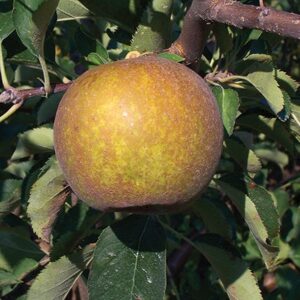 Apple : ASHMEADS KERNAL Large Semi-Dwarf (B118)
Apple : ASHMEADS KERNAL Large Semi-Dwarf (B118) 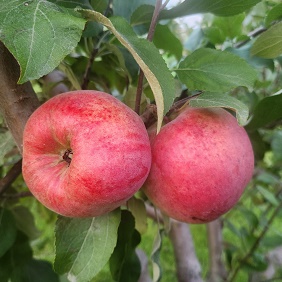
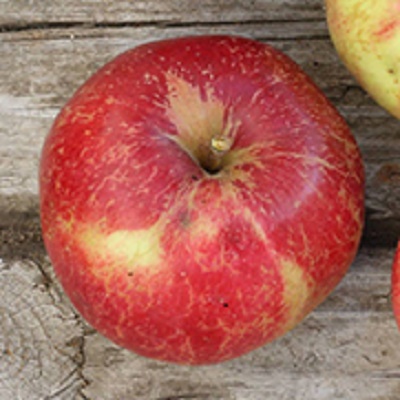
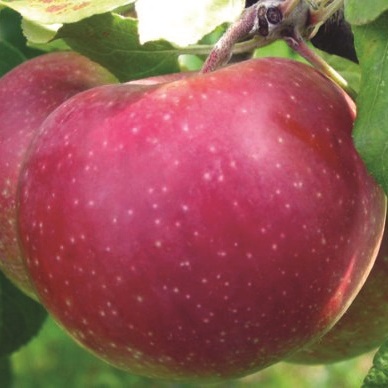

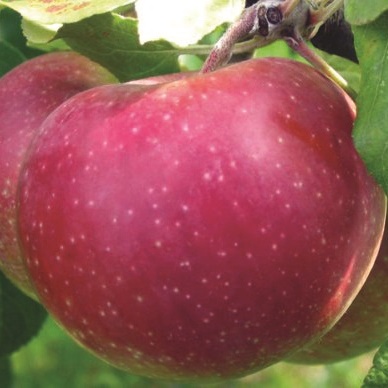
Reviews
There are no reviews yet.